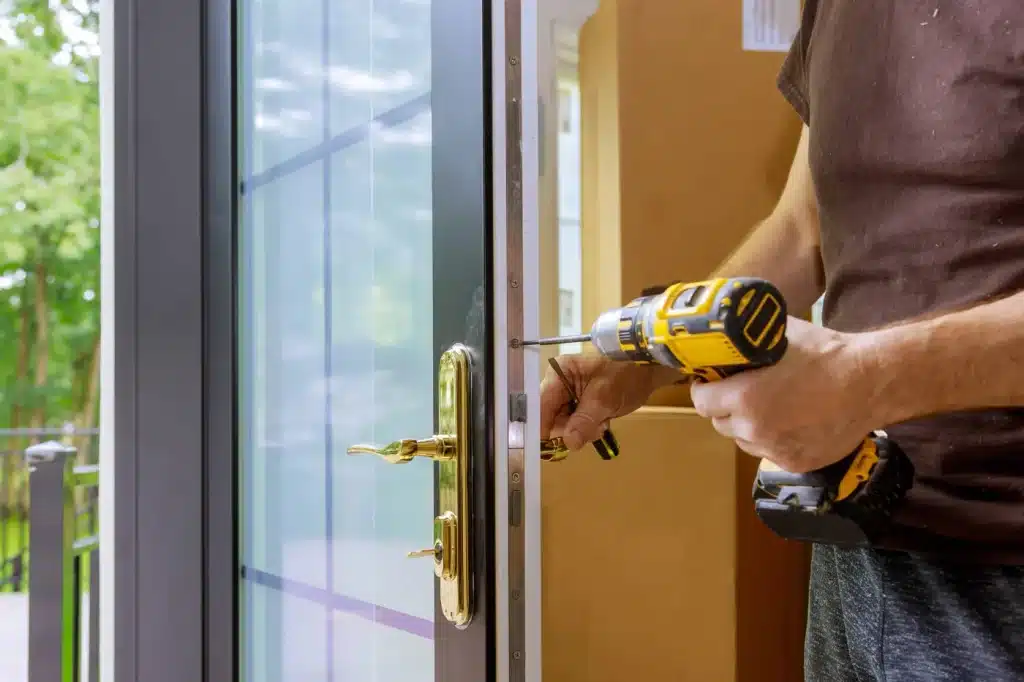5 Tools Every Homeowner Needs for Basic Home Repairs
You Don’t Have to Be a Pro to Handle the Basics
Homeownership comes with many rewards, but it also brings a fair share of maintenance responsibilities. From dripping faucets to loose cabinet handles, minor repairs tend to surface more frequently than expected. While professional help is invaluable for significant issues, many minor fixes can be managed independently, provided you have the right tools at hand.
Fortunately, equipping yourself for basic home maintenance services doesn’t require an elaborate toolbox or expert-level skills. With just a few well-chosen tools, you can confidently address everyday problems as they arise, saving both time and money in the process.
If you’re looking to take a more proactive approach to home upkeep, here are five essential tools every homeowner should own—and why each one is worth having.
1. A Good Quality Screwdriver Set
Screws are everywhere—in light switch covers, furniture, door handles, and appliances. Having a solid screwdriver set is like having a Swiss Army knife for your home.
What to look for:
- Both flathead and Phillips head options
- Multiple sizes
- Magnetic tips (super handy!)
Screwdrivers are one of the most commonly used tools around the house. Tighten a loose hinge? Done. Swap out batteries in a smoke detector? Easy.
If you ever feel overwhelmed, a home maintenance service can help with trickier repairs. But for quick fixes, a screwdriver is your go-to tool.
2. A Tape Measure
This might seem like a no-brainer, but you’d be surprised how often you’ll reach for it. Whether you’re hanging a picture frame or measuring for a new rug, a tape measure keeps things accurate.
Why do you need it:
- Ensures things are straight and spaced evenly
- Helps you buy the right size furniture or appliances
- Makes organizing shelves or storage a breeze
Pro tip: go for one that’s at least 25 feet long—it’ll cover pretty much everything inside and outside the house.
3. An Adjustable Wrench
Leaks under the sink? Loose pipe fittings? Wiggly bolts? That’s when an adjustable wrench comes to the rescue.
What makes it great:
- It adjusts to fit different nuts and bolts
- Saves you from buying a full wrench set
- Works well in tight spaces
While it won’t solve every plumbing issue, it’s perfect for tightening or loosening anything that screws into place.
Not sure where that leak is coming from? No worries—a home maintenance company can handle bigger plumbing tasks if things get out of hand.
4. A Hammer (Trusty and Classic)
Simple, strong, and reliable—the hammer is the OG of home tools. Need to hang wall art? Nail down a floorboard? Knock something into place? The hammer’s got your back.
Look for:
- A claw on one side (for pulling out nails)
- Comfortable grip (your hands will thank you)
- Medium size (not too heavy, not too light)
Bonus tip: pair it with a set of nails, picture hooks, and wall anchors so you’re always ready to go.
5. A Cordless Drill
This one’s a game-changer. A cordless drill takes care of everything from assembling furniture to drilling pilot holes in walls. It’s powerful, fast, and a lot easier on your wrists than turning a screwdriver by hand.
Why it’s essential:
- Speeds up big or repetitive tasks
- Works on wood, drywall, and even metal
- Doubles as a power screwdriver
Get one with a rechargeable battery and a good variety of drill bits. Trust us—you’ll wonder how you ever lived without it.
Tool Comparison Table: Manual vs. Power Tools
Here’s a quick comparison to help you decide when to go old-school and when to bring in the power tools:
| Task | Manual Tool | Power Tool |
| Tighten drawer handles | Screwdriver | Cordless drill |
| Hang light wall decor | Hammer & nails | |
| Build flat-pack furniture | Screwdriver | Cordless drill |
| Fix under-sink leaks | Adjustable wrench | |
| Mount heavy shelves | Cordless drill |
Manual tools are great for quick, light work. For more demanding jobs, a power tool like a cordless drill saves time and energy.
Why These Tools Matter
You don’t need a toolbox full of fancy gadgets to keep your home in good condition. These five tools help you:
- Save money by doing simple fixes yourself
- Handle small repairs quickly
- Feel more confident managing your home
- Avoid waiting days for a technician for something minor
Still, when things get complicated or outside your comfort zone, don’t hesitate to call a home maintenance service. The pros are there when things go beyond basic.
When to DIY vs. When to Call the Pros
Let’s be honest: not every home repair is DIY-friendly. Some tasks are better left to the experts—especially those involving electricity, major plumbing, or anything structural.
DIY Repairs:
- Tightening screws
- Hanging curtains
- Replacing a showerhead
- Fixing a squeaky door hinge
Call the Pros:
- Fixing electrical issues
- Major leaks or pipe bursts
- Roof repairs
- Anything involving gas lines
A trusted home maintenance company will have the skills, tools, and experience to take care of the more serious stuff, without the stress.
Final Thoughts: Be Prepared, Not Panicked
Things break. Stuff comes loose. Leaks happen. That’s just part of being a homeowner. But with these five basic tools in your corner, you won’t feel helpless the next time something needs a quick fix.
You don’t have to be an expert—you just need the essentials. And when you hit a wall (hopefully not literally), a Home Maintenance Service is always there to back you up.
Ready to Take Control of Home Repairs?
Grab these five must-have tools and build your confidence one minor fix at a time. And for the big stuff? Let a trusted home maintenance company handle it with care and professionalism.
Because a well-prepared homeowner is a smart one—and your house deserves it.

